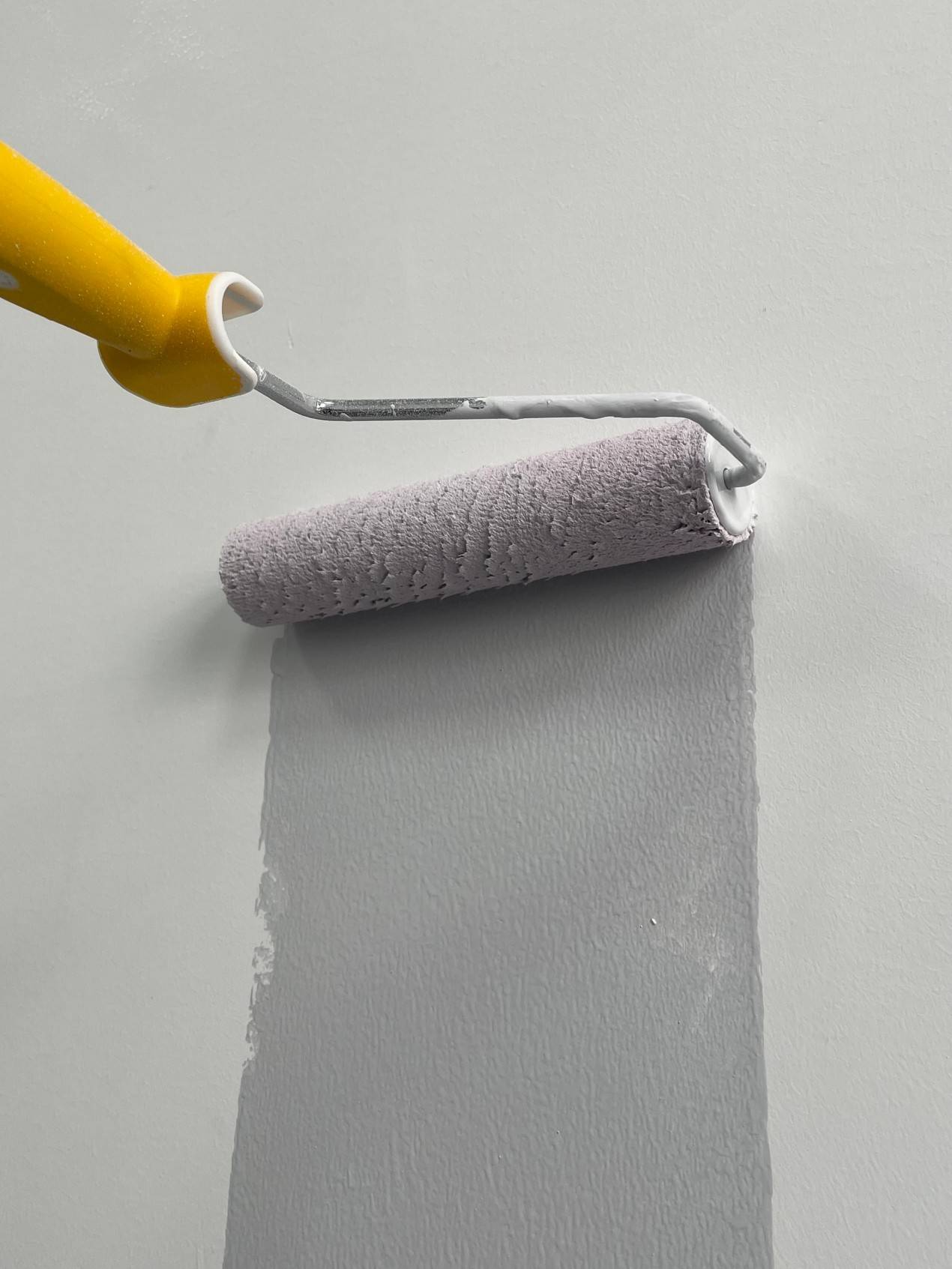

2024-11-21
The history of the development of inorganic coatings has a long story similar to a wonderful technological epic. From the origin of ancient civilization to modern technological innovations, inorganic coatings have passed many important stages of development and played a unique role in different historical periods.
In ancient times, residents of Western China began to use natural minerals for painting and architectural decor, which can be considered as a prototype of inorganic coatings. These colorful mineral pigments after thorough processing are used in such artistic treasures as terracotta warriors and horses, the murals of Dunhuan, Tan Sanzai, etc. After thousands of years they still radiate a unique charm. These early examples of application laid the basis for the subsequent development of inorganic coatings.
1. Stage of ancient origin (China):
Early examples of application:Thousands of years ago, people in Western China used natural minerals for painting and architectural decor. We can say that this is an original form of inorganic coatings. For example, mineral pigments are found in Chinese terracotta warriors and horses, frescoes of Dunhuan, Tan Sanzai and other works of art. These age minerals are processed by processing minerals, crushing, grinding and sorting, cleaning, washing and cleaning, and then mixed with glue. The color of the picture remains unchanged for a long time. There are records in the ancient books of the Shan and Zhou dynasties about pigmenting minerals. The mineral pigments used at that time included red hematite and cinnabar, yellow azurit, green azurit, blue azurit, etc. But at that time, people only processed and used these natural materials and did not form the systemic concept of “inorganic coatings”.

2. The current stage of development (Europe):
Opening of the main raw material:In 1768, the German poet and playwright I.V. Goethe through experiments found that when the clean quartz is dissolved in the corresponding amount of a certain strong alkali, a transparent vitreous silicate liquid-water glass is released. , which has become the initial basic raw material for silicone coatings.
Birth of paint:Later, the German scientist Keim successfully created the paint, mixing liquid glass (potassium silicate) with inorganic pigments. This type of coating can penetrate into the mineral base layer and integrated with its surface. It will not only decorate the building, but also has a strong protective ability and extend the service life of the building. This is the most original completely inorganic silicate mineral. coating.
Industrialization and patents:After the industrial production of inorganic silicate coatings was achieved, the King of Germany Ludwig I in 1878 issued a patent. In several classic buildings located in mourning, in Germany and Switzerland, the outer walls are covered with this mineral paint. After more than 100 years, the color is still as bright as the new one, which completely demonstrates the preservation of color and resistance to atmospheric effects of inorganic paint.
3. The current stage of development:
Technological improvements and modernization of products. Since the 20th century, thanks to the constant development of science and technology, inorganic coatings are constantly being improved in the recipe and production technology. For example, from the first two -component colors (consisting of inorganic pigments, fillers and potassium silica, which before use it is necessary to mix and withstand) they gradually developed to paints based on potassium silicate plus an emulsion, and then to paints based on modified silica and silica. Paint with potassium acid as the main material. Later, a fourth -generation coating appeared using refractory fillers, as well as a modified zola of silica and potassium silicate, which has a higher curing rate, better stability to spots and shine.
Expansion of areas of application:The areas of use of inorganic coatings gradually expanded from the initial outer walls of buildings to the internal walls of buildings, industrial facilities, cars, ships and other areas. In the field of construction, since people's requirements for environmental protection and the quality of construction continue to grow, inorganic coatings receive more and more attention and applications due to their excellent properties, such as environmental protection, fire protection, mold resistance and resistance to aging.
Growth of market demand. In recent years, the requirements for environmental protection around the world have become increasingly strict, and the environmental awareness of consumers continues to grow, which has led to the continued growth of market demand for inorganic coatings. At the same time, the building standards of some countries and regions put forward higher requirements for the fire -fighting characteristics of coatings. Inorganic coatings are becoming increasingly important in the market due to their good fire properties.